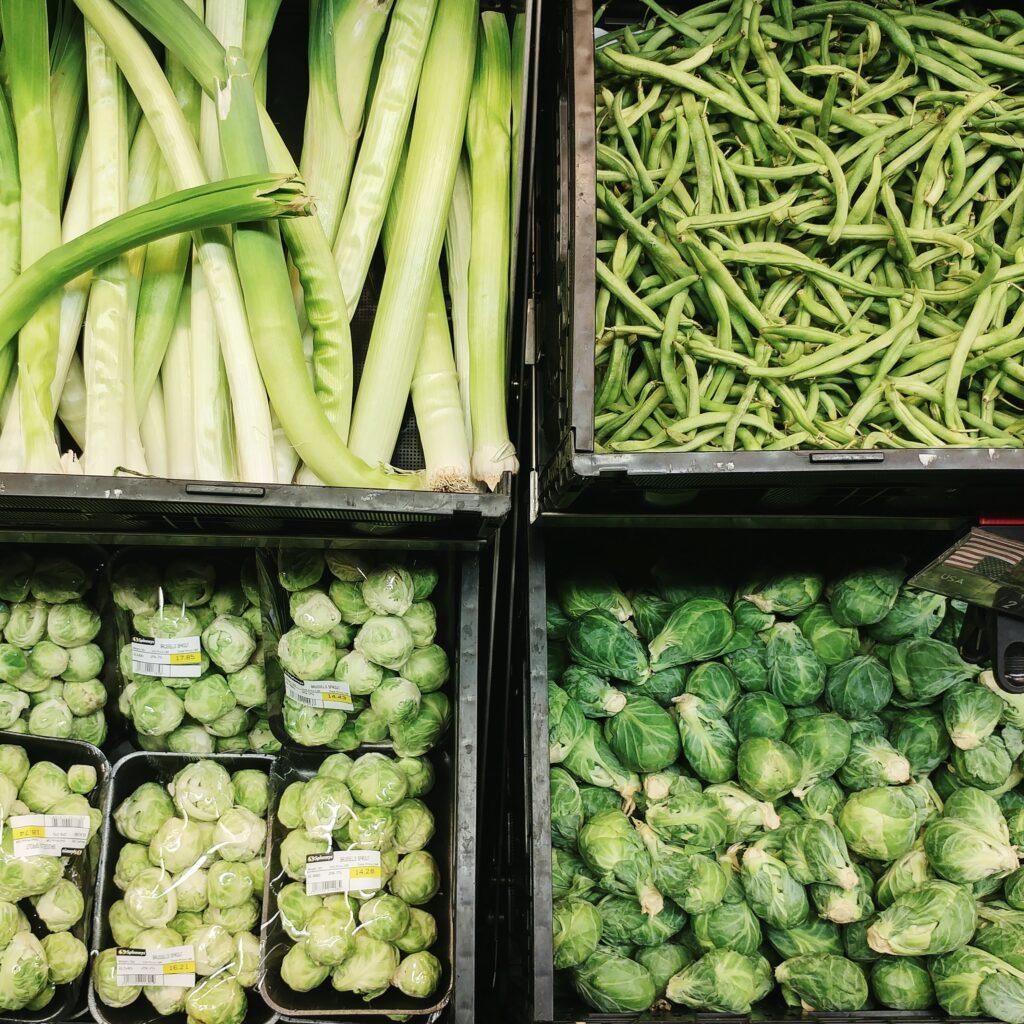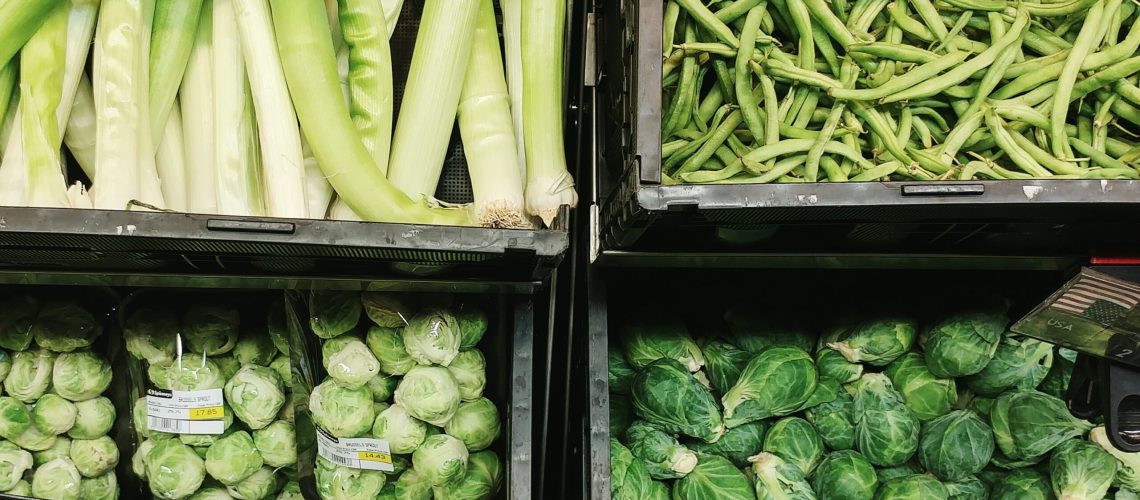“Freshness” once meant simple things bright color, crisp texture, and short travel time.
In today’s global trade, that definition no longer holds.
For importers in the Middle East, “fresh” now means something measurable: traceable temperature, consistent quality, and verified handling data from farm to shelf.

The shift from perception to proof
As supply chains stretch from Indian farms to Saudi supermarkets, freshness is no longer judged by looks or claims.
IoT-enabled sensors and blockchain-linked tracking record real-time temperature, humidity, and route data.
When a shipment of spinach or mango pulp arrives, importers can view its full digital footprint — when it was packed, how cold it stayed, and how long it paused in transit.
Why it matters in the GCC market?
Consumers in Saudi Arabia, the UAE, and across the Gulf are spending more on fruits and vegetables each year. They expect reliability and health safety.
Supermarkets now demand certified freshness to minimize returns and comply with GCC food regulations.
Exporters from India who can prove freshness — not just promise it — consistently win long-term supply contracts.
The new freshness equation
Freshness = Data + Discipline + Trust
- Data – IoT sensors, digital logs, and cloud dashboards.
- Discipline – Correct post-harvest handling, pre-cooling, and cold-chain timing.
- Trust – Certifications and traceability shared openly with buyers.
How exporters can stay ahead?
- Adopt temperature-controlled packaging and digital monitoring.
- Maintain APEDA certification and hygiene audits.
- Share real-time supply-chain reports with import partners.
- Educate farmers on residue-free cultivation and rapid pre-cooling.
In 2025, freshness is no longer a promise made on paper.
It’s a story told by sensors, validated by data, and trusted by every importer who opens a crate of Indian produce.
For exporters, data-proven freshness is the new competitive advantage.

